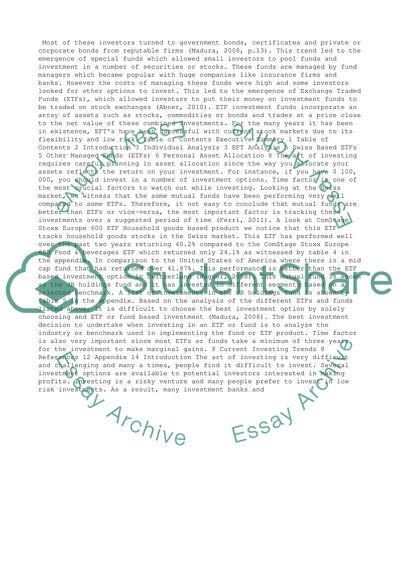Cite this document
(“Money Management - Portfolio of funds or ETF Essay”, n.d.)
Retrieved de https://studentshare.org/business/1392704-money-management-portfolio-of-funds-or-etf-using
Retrieved de https://studentshare.org/business/1392704-money-management-portfolio-of-funds-or-etf-using
(Money Management - Portfolio of Funds or ETF Essay)
https://studentshare.org/business/1392704-money-management-portfolio-of-funds-or-etf-using.
https://studentshare.org/business/1392704-money-management-portfolio-of-funds-or-etf-using.
“Money Management - Portfolio of Funds or ETF Essay”, n.d. https://studentshare.org/business/1392704-money-management-portfolio-of-funds-or-etf-using.


